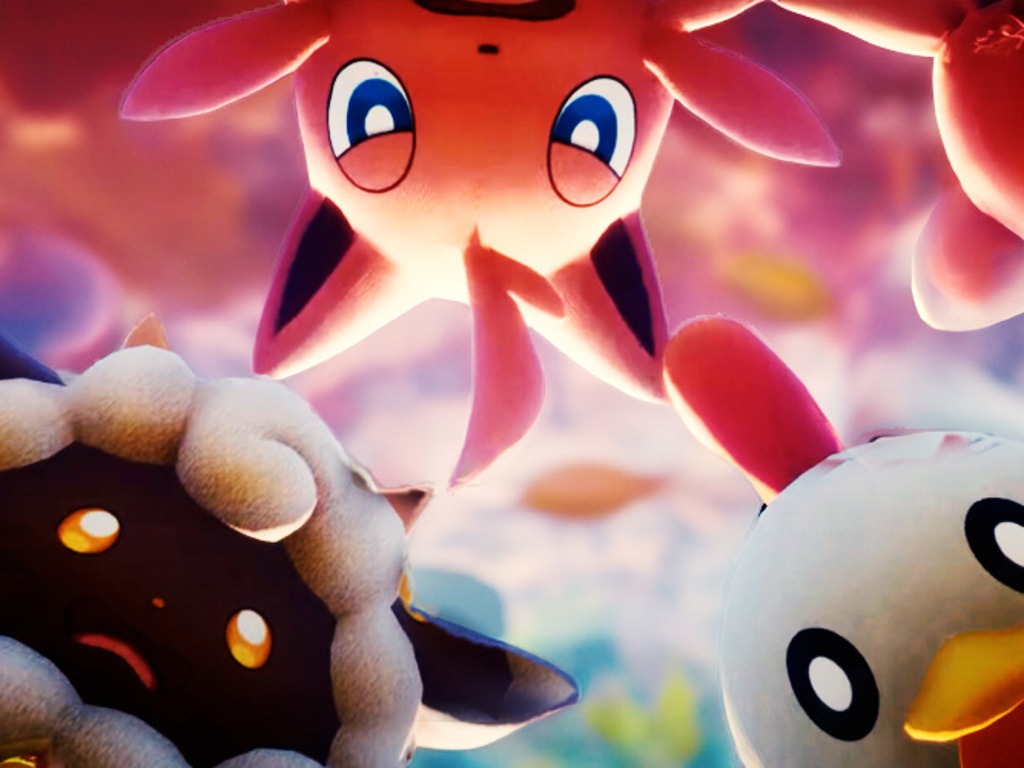The unprecedented rise of Palworld sets a scary precedent for originality in video games.
When Palworld launched into early access on Steam and Xbox on Jan. 19, no one expected it would experience such a momentous rise to fame – not even its own developers.
Indie games like Palworld, which is developed by the independent Tokyo-based studio Pocket Pair, often struggle to make waves in the public space. Palworld, however, has grown at an unbelievable pace, selling over 8 million copies on Steam within six days of release and consistently maintaining the highest number of concurrent Steam players over the last week.
For a brand-new independent franchise, a launch like this is astonishing. But while there’s plenty to be said about the game’s quality, it’d be disingenuous to pretend that it achieved this growth purely on its own merits.
In Palworld, players can capture over 100 “Pals,” unique monsters that can work with the player to accomplish tasks. Monster-catching games can be incredibly fun, especially when their creature designs are unique and memorable. The problem with Palworld’s creature lineup is that its designs aren’t exactly original.
To say that Palworld’s creature design philosophy takes inspiration from Pokémon would be a massive understatement. Besides using a virtually identical art style, many of the monsters in Palworld look like modified versions of pre-existing Pokémon species. Others look like combinations of multiple Pokémon species, and a lot of them simply have very similar features.
There’s little use in covering every example here, but there is no shortage of lists online to help you sort through the similarities.
There’s no shame in making a monster-capturing game. Pokémon doesn’t own the idea of monster-catching; to suggest that they should hold a monopoly over this gameplay style would be harmful to competition within the industry and would limit options for players. It’s even alright to take inspiration from other developers’ work; this is totally normal within the artistic world.
The problem is that Palworld isn’t just taking inspiration from Pokémon, it’s that the game borders on plagiarism. Rather than creating an organic style for its monster designs, Palworld looks like it shoved a bunch of Pokémon designs through an AI generator (something that frankly wouldn’t be surprising given their usage of AI as a central mechanic in a previous title).
There are plenty of monster-catching games besides Pokémon, but they usually try to put their own spin on their monster designs and art style. It’s true that many of these games might be drawing inspiration from Pokémon, but in their execution, they usually go with a unique approach.
In all fairness, Palworld does employ a lot of unique ideas in its gameplay, such as its base-building and survival mechanics. These are ideas not often seen in Pokémon games, so it’s not like Palworld is a one-to-one recreation of the Pokémon template. Yet, the problem remains that the actual monsters – arguably the main selling point of the game and the core of its public identity – are blatant, shameless rip-offs.
Palworld’s usage of weapons has earned it the oft-used nickname “Pokémon with guns,” and it’s not hard to believe that this identity has played a major role in its success. The idea of a game centring around “Pokémon with guns” – an intriguing juxtaposition between the charming, cute and childlike themes of Pokémon with weapons and violence – is certainly enough to bring in a bunch of players, and the creatures’ heavy resemblance to pre-existing Pokémon creatures definitely did a lot to amplify this.
In short, while it’s true that Palworld might have a lot of originality within its gameplay, it’s hard to deny that its unoriginal tendencies played a major role in its success.
This wouldn’t be quite as big a deal if the developers of Palworld hadn’t been so heavily rewarded for their plagiaristic efforts. Again, achieving 8 million players in six days is no small feat, especially when it’s a game in early access and that number doesn’t even account for Xbox sales. Plus, the game’s incredible word-of-mouth – something only propelled by the “Pokémon with guns” meme – is only doing more to spread its gigantic success.
The fact that Pocket Pair has benefitted so highly from their ripped-off Pokémon designs should be concerning to everyone who works to create original content within the industry. It’s a sign that stealing other developers’ notable work isn’t just acceptable, it might actually be encouraged. If other studios take note of Palworld’s success – which many surely will – we risk moving into a future where plagiarism becomes something to propel success. If this comes to pass, not only will plagiarism be the cheapest and quickest route to complete a project, but it might also lead to higher sales after a game’s release.
The Pokémon Company has recently released a statement revealing their intent to investigate Palworld to “address any acts that infringe on [Pokémon’s] intellectual property rights.” While the case is only beginning, it could become a significant event that sets a precedent for plagiarism in the future of the gaming industry.

